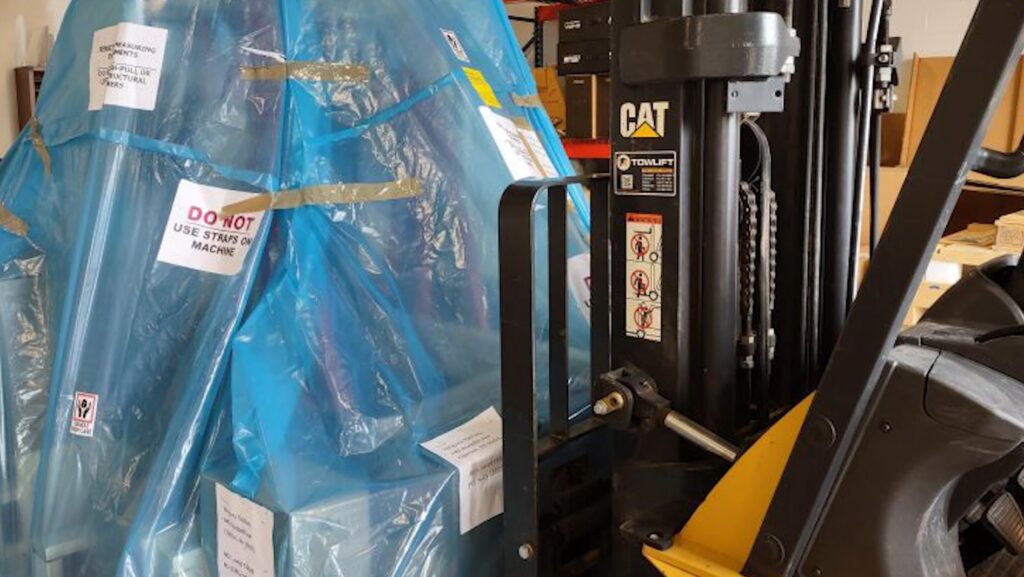In manufacturing, downtime is the enemy—and precision, reliability, and responsiveness are everything. That’s where Concept…
This article answers six of the most frequently asked questions our service team hears about equipment calibration, maintenance, and compliance in the metrology industry.
No matter whether you’re managing a quality lab or running a production floor, these insights can help you improve accuracy, stay compliant, and get the most out of your equipment.
LOOKING FOR A CALIBRATION PARTNER? CONTACT US HERE
1. How Often Should You Perform Gage and Equipment Calibrations?
This question comes up often—and the way you use the equipment usually determines the answer.
On the shop floor: Frequent use and rough handling often wear down tools such as torque wrenches. Therefore, calibrate these at least quarterly to prevent inaccurate results.
In the lab: Equipment stored in more controlled environments—like calipers used in quality labs—can often be calibrated on a 12-month cycle.
Bottom line: Base calibration intervals on actual wear and tear. Experts recommend setting schedules based on actual use, environmental factors, and measurement risk – rather than relying solely on time intervals.
2. What Are the Best Practices for Maintaining Your Assets?
In order to extend the life of your precision tools and to prevent inaccurate results, follow these best practices:
- Maintain a clean, stable environment—dust, temperature fluctuations, and humidity can all affect accuracy
- Handle tools carefully and store them properly. Dropping or mishandling equipment can lead to hidden damage
- Clean machines such as optical comparators and CMMs regularly as dust and debris can accumulate and affect performance
By staying proactive, you’ll prevent downtime and reduce the chances of needing unexpected recalibrations.
3. What Calibration Requirements Must be Met to Meet Industry Standards?
To meet most industry standards, you must meet the following criteria:
- Ensure all calibration artifacts trace back to the National Institute of Standards and Technology (NIST).
- Choose an ISO/IEC 17025 accredited provider to perform calibration services.
Meeting these requirements ensures traceability and audit-readiness.
Need an accredited partner? Our team at Concept conducts calibrations in ISO/IEC 17025-accredited laboratories.
Ready to get started? Fill out this form to schedule your next calibration.
4. Does a Machine Need to be Recalibrated After Being Moved?
In short, yes— especially for sensitive, high-precision equipment.
While small tools like calipers typically don’t need recalibration after being moved across a room, more advanced equipment—such as CMMs, force testers, or optical comparators— should always be recalibrated after relocating it.
Even minor vibrations during transit can cause sensor misalignment or measurement drift.
If you are looking to transport a piece of equipment, it is important to pack and load it the right way to avoid breaking it.
If you need help with an upcoming move, click here.
5. What’s the Proper Way to Move a Precision Machine?

The answer is simple—hire a professional.
Machines that are not properly braced or supported during transport can be damaged. Internal components—such as probes, sensors, and glass scales—are often affected without visible signs.
Let experienced professionals handle your equipment moves. At Concept, we can arrange or refer you to trusted relocation services.
6. What Comprehensive Services Does Concept Offer for Calibration?
We provide a full suite of services including metrology, machine tool, calibration, and more:
- Field calibration
- Preventative maintenance
- As found/as left documentation
- Pack-and-move support
- Training
- Turnkey programming
Whether you need a single calibration or you’re considering a long-term support plan, Concept is ready to assist.
Final Thoughts
Proper maintenance and calibration of equipment ensure compliance, protect product quality, and reduce risk. By following recommended procedures and partnering with trusted providers, following best practices safeguards your systems’ long-term performance.